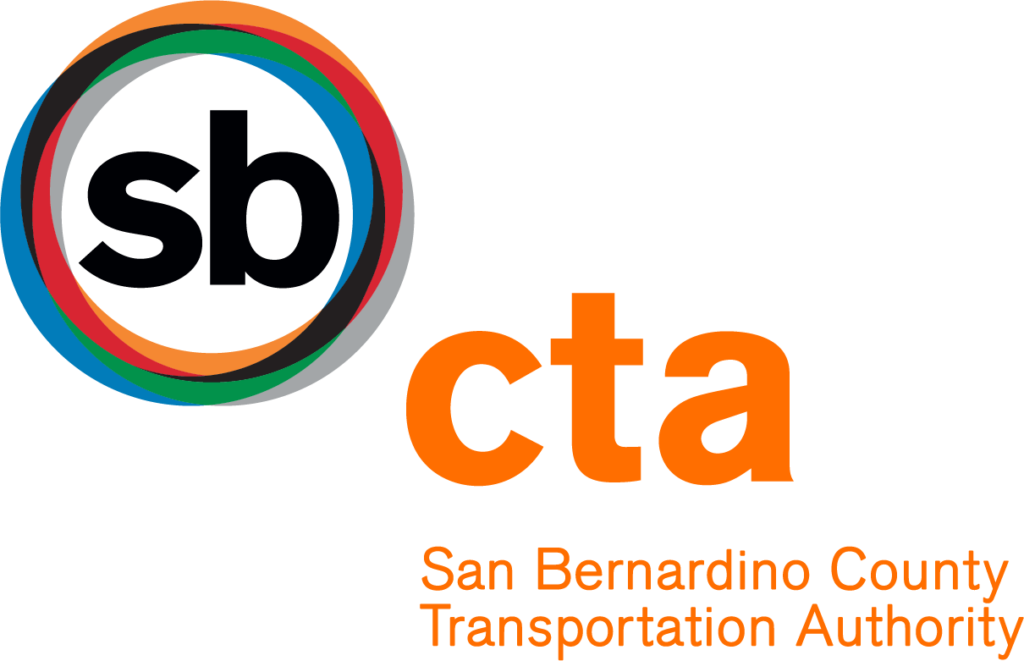Future of Commuter Transit on Display in San Bernardino County as Vegas Rail Moves a Step Closer with MOU
October 27, 2021

High-speed rail service between Las Vegas and Rancho Cucamonga would be a game-changer for our region, further establishing San Bernardino County as a model for innovative, cost-effective, and sustainable transit solutions,
county transportation leaders said today.
The planned Vegas rail service took a major step forward this past week with the signing of a Memorandum of Understanding (MOU) between Brightline, the California Department of Transportation, the California State Transportation Agency and the California High-Speed Rail Authority. Brightline, a private company that provides modern, eco-friendly high-speed rail service, plans to build the new line between Las Vegas, Victor Valley and a newly planned station in Rancho Cucamonga.
The MOU sets the framework for right-of-way agreements and other critical steps needed to get the project built.
“Along with planned underground loop service to Ontario International Airport, the upcoming Redlands Passenger Rail Service and the West Valley Connector bus rapid transit system, high-speed rail to and from Las Vegas is showing what is possible when innovative minds work together. These projects will provide convenient connections to destinations throughout Southern California and beyond, and provide sustainable transit options for one of the fastest-growing population and economic centers in the country,” said Curt Hagman, Chairman of the San Bernardino County Board of Supervisors and President of the San Bernardino County Transportation Authority (SBCTA).
“This Memorandum of Understanding marks a critical milestone in our goal to connect Los Angeles metropolitan area with the iconic entertainment destination of Las Vegas,” said Mike Reininger, CEO of Brightline Holdings. “The extension will provide an optimal travel solution between Southern California and Las Vegas, and opens up the reality of emission-free, hospitality-focused high-speed rail service to millions of people traveling between these destinations every year.”
SBCTA has helped establish San Bernardino County as the epicenter for sustainable 21st century transportation technology, creating significant new opportunities for residents, workers and businesses, while reducing our carbon footprint.
“The opportunities that projects such as the Vegas rail present to our communities are extraordinary, and we’re eager to see it all come together. Brightline’s interest in Apple Valley as a High Desert station location speaks volumes about the critical role we play in the future of Southern California,” said Art Bishop, an Apple Valley Town Councilmember who serves as Vice President of the SBCTA Board.
From Victor Valley, the Brightline system would connect to a new transit center being planned for what is now the Rancho Cucamonga Metrolink station. Also connecting to that station would be a proposed four-mile tunnel that would shuttle thousands of passengers per day to and from Ontario International Airport (ONT), using zero-emission vehicles.
The Rancho Cucamonga station already is a key stop on Metrolink’s busiest commuter line, which soon will extend nine miles from San Bernardino to Redlands. That nine-mile extension is remarkable not only for the added connections it will provide, but for its use of low-emission – and eventually zero-emission – passenger trains.
In addition, SBCTA has led development of the West Valley Connector, a zero-emission bus rapid transit system that will include, as one of its stops, the Cucamonga station.
“We firmly believe this is the best location in all of Southern California, and see enhanced transit as a key element in building a new model for living, working and playing,” said Rancho Cucamonga Mayor Dennis Michael.
The growth of Ontario airport since its return to local control is another key factor in the convergence of these multimodal transit projects. ONT has been the fastest-growing airport in the U.S., and since the start of the pandemic has experienced the fastest recovery rate of any airport in California.
“As we plan for the future and serve this rapidly growing region with more flights and service, making sure people have a variety of ways to access the airport – and avoid the kind of congestion we see elsewhere – is a significant priority for us. These innovative transit options will help the airport, help our passengers and help the community,” said Alan D. Wapner, President of the Ontario International Airport Authority Board of Commissioners and Mayor pro Tem for the City of Ontario.
